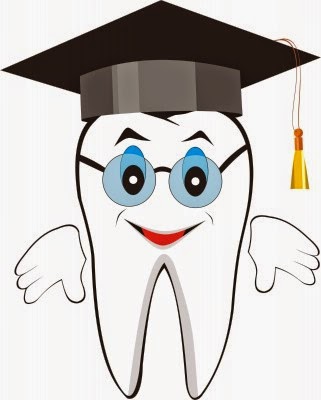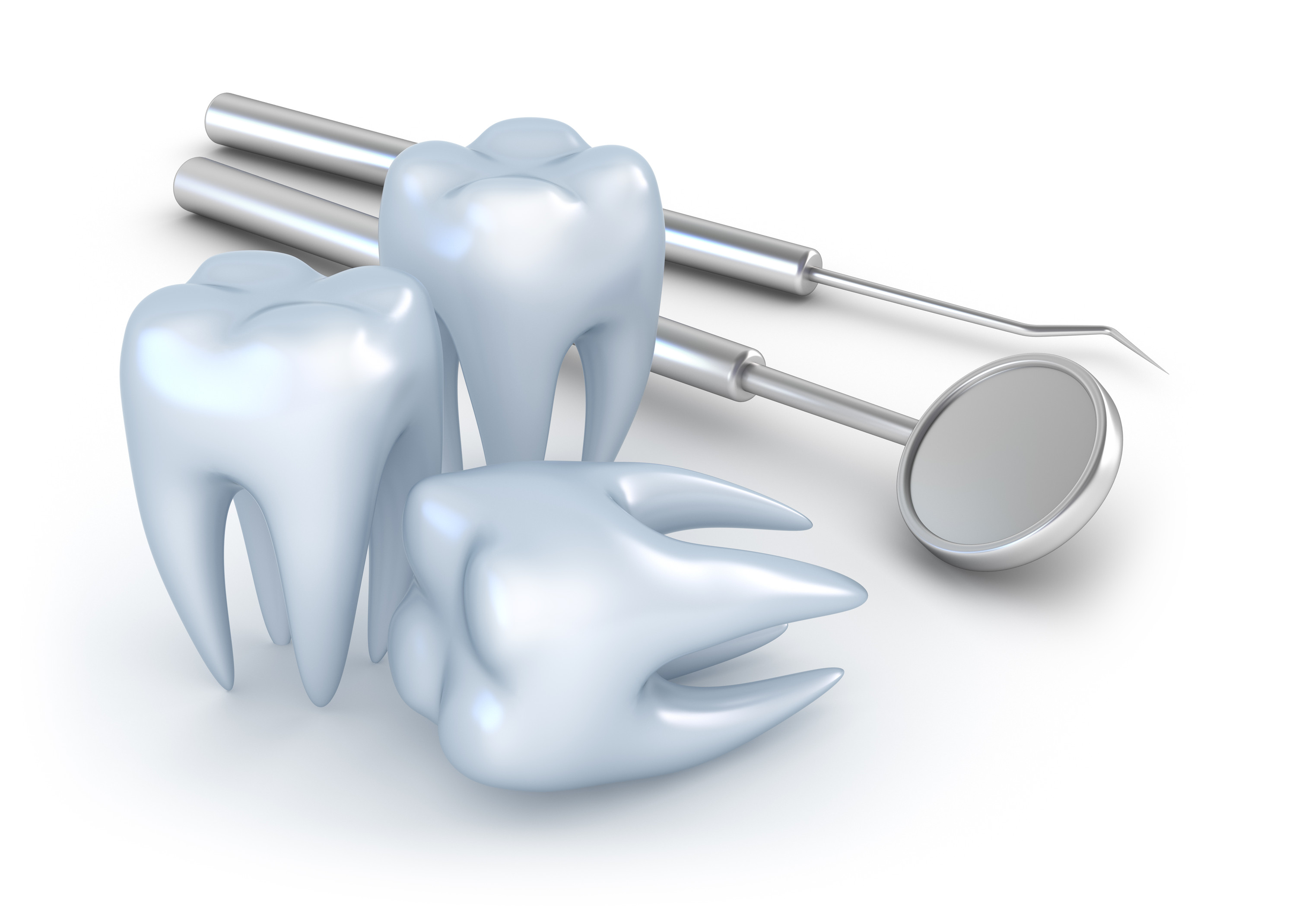
Monica Kelkar
Maulana Azad Institute of Dental Sciences
Title: HEALTH HAZARDS OF EXPOSURE TO MERCURY
Submitted Date: 24/05/2017
Biography
Monica Kelkar has completed her Bachelor of Dental Surgery (BDS) from Maulana Azad Medical College , New Delhi in the year 1998.She has done certificate course in hospital waste management(CHCWM) from Indra Gandhi National Open University (IGNOU), New Delhi. She is working as Medical officer in Maulana Azad Institute of Dental Sciences(MAIDS) , New Delhi for the past 18 years. She has presented several papers and posters in reputed journals. Also conducted programs in Biomedical waste management And Infection control under the aegis of Delhi Dental Council. Also serving as Assistant Biomedical Waste Management officer in the Dental Institute.
Abstract
Mercury exists in various forms, and people are exposed to each in different ways. Mercury is used in thermometers, barometers, manometers, sphygmomanometers, other devices. Mercury is an ingredient in dental amalgams .Some medicines use small amounts of these compounds as preservatives e.g. thimerosal.Mercury poisoning can result from exposure to water-soluble forms of mercury (such as mercuric chloride or methylmercury present in fishes), by inhalation of mercury vapour, or by ingesting any form of mercury. The most toxic forms of mercury are its organic compounds, such as dimethylmercury and methylmercury. Other exposures may result from using or breaking products containing mercury. Mercury can cause both chronic and acute poisoning. A severe form of mercury poisoning first presented in Japan as Minamata disease. Dental amalgam is a direct filling material used in restoring teeth. It is made up of approximately 40-50% mercury. Metallic mercury when used as dental filling, mainly causes health effects when inhaled as a vapour where it can be absorbed through the lungs. Symptoms of prolonged and/or acute exposures include: tremors, emotional changes, insomnia, neuromuscular changes, and disturbances in sensations. In Conclusion, Mercury and most of its compounds are extremely toxic and must be handled with care.

Meera Choudhary
Maulana Azad Institute of Dental Sciences, India
Title: MERCURY TOXICITY IN ORAL CARE
Submitted Date: 17/05/2017
Biography
Meera Choudhary has completed her Bachelor of Dental Science degree from Patna University. She has also pursued a course in Health Care and Waste Management from IGNOU University in India. She has been looking after Bio-Medical Waste Management as a Medical Officer In-charge in Maulana Azad Institute of Dental Sciences in India since 20 years. She has attended various conferences and presented papers related to Bio-medical waste management.\r\n\r\n
Abstract
Amalgam which contains mercury as one of the component is being used in dentistry as a restorative material for the last 150 years. Recently the concern has been raised in view of mercury toxicity. Mercury is found in the earth\'s crust and is ubiquitous in the environment, so even without amalgam restorations everyone is exposed to small amount of mercury in blood and urine. Mercury is known to cause psychological, neurological and immunological health problems. Dental amalgam restorations may raise these levels slightly. The main exposure to mercury from dental amalgam occurs during placement or removal of restoration in the tooth. Though in current era amalgam has been replaced by other safer restorative material but still so many dentists readily use this hazardous material with the assurances that it\'s perfectly safe and harmless. This poster will highlight the effects of mercury on environment and health and safe handling of mercury to reduce its toxicity. Also the other alternative materials which can be used in its place.


